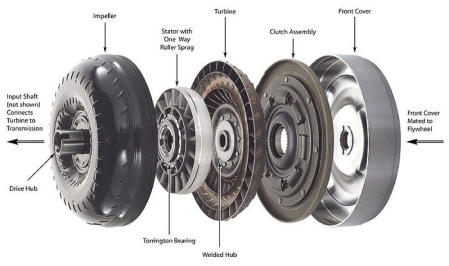Yes, the rear steps out.
But that's not the point. My point is what happens mechanically in a RWD car.
The power from the engine is going to the rear. But when I pull the e-brake while I am still applying gas and the e-brake slows or even stops the tyres for a short moment, what happens to all the engine power? It's not like the gears are disengaged or the engine shuts off automatically whenever the e-brake is active, is it?
So where does the power go in that moment?
Probably a stupid question.
But that's not the point. My point is what happens mechanically in a RWD car.
The power from the engine is going to the rear. But when I pull the e-brake while I am still applying gas and the e-brake slows or even stops the tyres for a short moment, what happens to all the engine power? It's not like the gears are disengaged or the engine shuts off automatically whenever the e-brake is active, is it?
So where does the power go in that moment?
Probably a stupid question.


